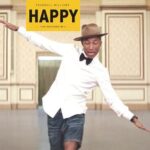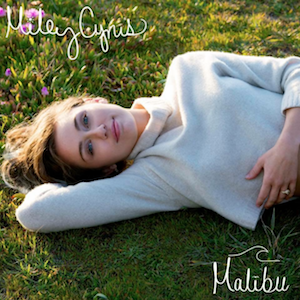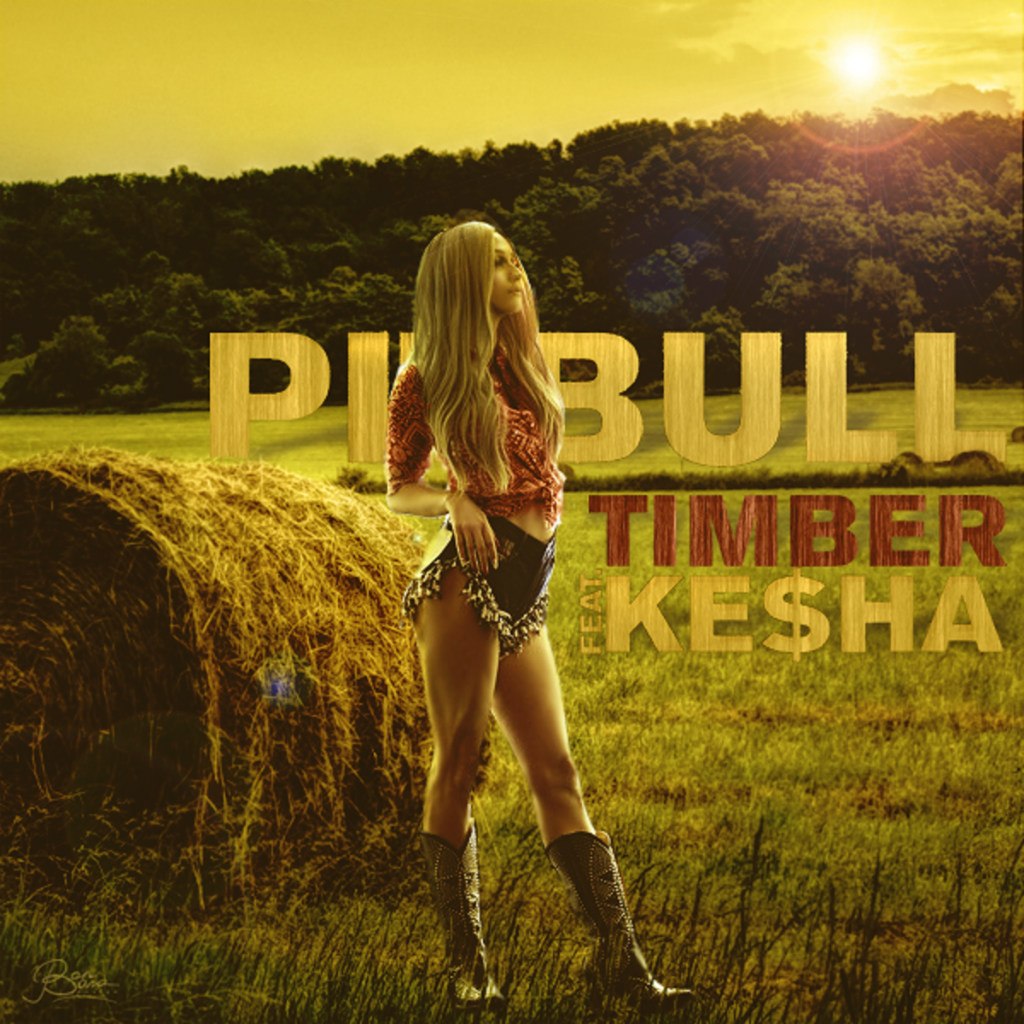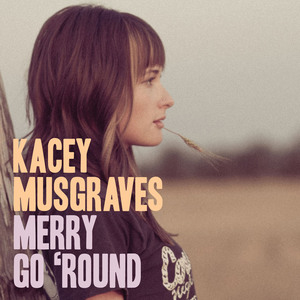 There are songs that sound good, and there are songs that feel good—songs that don’t just reach your ears but lift your entire spirit. Pharrell Williams’ “Happy” is one of those rare moments where pop music becomes something more than entertainment. It’s a universal mood booster, a burst of optimism so infectious that it practically rewired pop culture for a moment. When it dropped in late 2013, the world didn’t just listen—it moved. From kids dancing in classrooms to adults clapping in traffic jams, “Happy” became a shared emotional language.
There are songs that sound good, and there are songs that feel good—songs that don’t just reach your ears but lift your entire spirit. Pharrell Williams’ “Happy” is one of those rare moments where pop music becomes something more than entertainment. It’s a universal mood booster, a burst of optimism so infectious that it practically rewired pop culture for a moment. When it dropped in late 2013, the world didn’t just listen—it moved. From kids dancing in classrooms to adults clapping in traffic jams, “Happy” became a shared emotional language.
Pharrell wasn’t new to success. He’d been shaping the sound of the 2000s as half of The Neptunes and a member of N.E.R.D., producing for everyone from Jay-Z to Britney Spears. But “Happy” marked a transformation. It wasn’t just another hit—it was his song, his voice, his moment. It proved that beneath the futuristic beats and slick production that made him a studio legend, Pharrell had the heart of a timeless songwriter. “Happy” distilled joy into sound, and it made the world remember that sometimes pop can still be pure, simple, and soulfully human.
A Song That Defied the Times
When “Happy” first appeared as part of the Despicable Me 2 soundtrack, no one could’ve predicted its seismic impact. The early 2010s pop landscape was dominated by electronic drops, Auto-Tuned hooks, and moody introspection. Pharrell went in the opposite direction—no flashy effects, no towering synths, no heartbreak narrative. Just handclaps, an upbeat rhythm, and a smile you could hear.
It’s a song that felt like it could have come from any era: the 1960s soul of Sam Cooke, the 1970s grooves of Curtis Mayfield, the 1980s positivity of Stevie Wonder—all wrapped in Pharrell’s modern minimalism. That timeless quality is key to why “Happy” still resonates. It wasn’t chasing trends; it was chasing feeling.
The song’s backbone is deceptively simple: a steady four-on-the-floor beat, gospel-style claps, and Pharrell’s velvety falsetto leading the charge. The arrangement is sparse but rich, each element precisely placed. A bright keyboard riff floats in the background while the bass bounces like it’s smiling too. The result is a rhythm that moves with the easy confidence of someone dancing down the street on the sunniest day of their life.
Pharrell’s production genius lies in restraint. He understands that real groove lives in the spaces between the sounds. Every handclap, every snare hit, every “hey!” is perfectly timed to make your body respond almost involuntarily. It’s like the song bypasses your brain and speaks directly to your mood.
The Voice That Carries the Joy
Pharrell’s vocals are what seal the deal. He doesn’t over-sing or strain—he floats. His voice on “Happy” has an airy quality, effortlessly gliding across the melody with warmth and sincerity. You can hear his smile. The song’s first lines—“It might seem crazy what I’m ’bout to say”—sound almost conversational, but within seconds, he’s soaring into that instantly recognizable chorus:
“Because I’m happy / Clap along if you feel like a room without a roof.”
That line is as odd as it is perfect. A “room without a roof”? It’s not literal—it’s emotional. It describes a feeling of limitless joy, of having nothing holding you down. It’s a poetic image for freedom, for unrestrained happiness that refuses to be contained.
Each verse builds upon that vibe of self-assured optimism. Pharrell isn’t pretending the world is perfect; he’s choosing joy in spite of it. “Here come bad news, talking this and that,” he sings, shrugging off negativity with a melodic grin. It’s defiance through positivity, a message that felt especially vital in a time when the news cycle seemed to grow darker by the day.
The delivery is crucial—it’s not the preachy optimism of a motivational poster. Pharrell’s performance feels real, earned, and natural. It’s happiness as a choice, not a default state. That subtle difference gives the song weight beneath the surface gloss.
A Global Movement in Four Minutes
What happened next was nothing short of cultural lightning. “Happy” became more than a hit—it became an anthem. Released in November 2013, it slowly began to catch fire, peaking in 2014 as a worldwide phenomenon. It topped the Billboard Hot 100 for ten straight weeks and hit number one in more than 35 countries. It sold millions, streamed billions, and soundtracked weddings, graduations, commercials, and just about every joyful occasion imaginable.
Part of the song’s viral explosion was thanks to the 24-hour music video—a first of its kind. Pharrell’s team created a website where the song played continuously for an entire day, accompanied by endless footage of people dancing and clapping along across Los Angeles. The concept was revolutionary: a never-ending celebration of happiness.
That idea spread like wildfire. Soon, cities across the globe were making their own versions—“We Are Happy in Paris,” “Happy in Tokyo,” “Happy in Cape Town.” From school kids to senior citizens, everyone joined in. It was a global flash mob of pure joy, powered by one song.
Pharrell himself became the face of positivity. His now-iconic Vivienne Westwood “Buffalo hat” from the 2014 Grammy Awards became an emblem of his quirky confidence. Every award show performance, every interview, he radiated the same energy that “Happy” captured: sincere, grateful, and uplifting. It wasn’t just a persona—it was his philosophy.
The Simplicity That Hides the Genius
It’s easy to underestimate how skillful “Happy” is because of its simplicity. But simplicity in music—especially pop—is deceptive. Stripping a song down to its essence takes vision and discipline. Every note, every rhythm, every lyric in “Happy” is intentional.
The song’s chord progression (F7–Bb7–C7) nods to old-school soul and R&B, giving it a vintage warmth. The handclaps, instead of being buried in the mix, become the main percussive drive. Pharrell builds the groove around human rhythm—real hands, real claps, real feel. That’s part of why it doesn’t sound mechanical. You can sense people behind it.
Even the production quality has an organic sheen. There’s air in the recording. The instruments breathe. It sounds more like a live performance than a studio track, which makes it timeless. That authenticity is what sets “Happy” apart from so many pop songs of its era—it wasn’t overproduced or saturated in digital perfection. It was designed to sound alive.
Pharrell’s approach to songwriting here is minimalist but layered. Each lyric has purpose. Each phrase flows into the next like conversation. The chorus repeats like a mantra, but instead of feeling repetitive, it becomes hypnotic—almost meditative. “Clap along if you feel…” transforms from invitation to affirmation.
Cultural Impact and Emotional Resonance
“Happy” arrived at a time when the world desperately needed something to smile about. The early 2010s were marked by political division, economic anxiety, and social unrest. People were burnt out, online outrage was on the rise, and cynicism was becoming fashionable. Then along came Pharrell—smiling, singing, clapping—and suddenly, joy was cool again.
The song’s influence extended beyond pop charts. It became a staple in classrooms, therapy sessions, flash mobs, and corporate team-building events. It was used in protests and celebrations alike. Its message was universal—no matter who you are or where you live, everyone knows what happiness feels like.
“Happy” also helped redefine what positivity in pop could sound like. It wasn’t sugarcoated or naive. It wasn’t about ignoring pain—it was about transcending it. That balance between realism and hope made it accessible to everyone. Pharrell wasn’t selling fantasy; he was expressing gratitude.
At the same time, “Happy” helped revive an interest in funk and soul-inspired pop. After years of EDM dominance, artists began rediscovering groove, rhythm, and organic energy. Bruno Mars’ “Uptown Funk,” Mark Ronson’s retro revival, and even Daft Punk’s “Get Lucky” (which also featured Pharrell) all share that lineage. “Happy” solidified this movement—it made feel-good music fashionable again.
From Critics to Grammys
Critics initially didn’t know how to process “Happy.” Some dismissed it as lightweight, too simple, or overly repetitive. But as the song’s longevity grew, so did its critical appreciation. Reviewers began to understand that its brilliance lay in its restraint. It wasn’t trying to impress with complexity—it was trying to connect.
By 2015, “Happy” had earned Pharrell two Grammy Awards, including Best Pop Solo Performance. It was also nominated for Best Original Song at the Oscars, where Pharrell performed it live, dancing through the aisles as stars like Lupita Nyong’o and Meryl Streep clapped along. That performance perfectly captured the song’s essence—it was joyful, inclusive, and impossible not to move to.
The Philosophy Behind the Smile
Beyond the music, “Happy” reflects Pharrell’s worldview. He’s spoken often about gratitude, creativity, and the power of energy. To him, happiness isn’t an accident—it’s a practice. That mindset permeates the song. It’s not denying negativity; it’s responding to it with light.
This philosophy resonated with millions because it wasn’t preachy—it was participatory. The song doesn’t tell you to be happy; it invites you to feel happy. The clapping becomes a form of participation, a way for listeners to become part of the rhythm. It’s communal joy, a small act of resistance against the heaviness of modern life.
Legacy: The Song That Never Ages
More than a decade later, “Happy” hasn’t lost its shine. It’s one of those rare pop songs that never really goes out of style because its emotion is evergreen. You can play it at a wedding, a school dance, or a random Tuesday morning, and it still feels fresh. Its charm lies in its universality—no matter your language, culture, or age, the feeling it conveys is instantly recognizable.
It also cemented Pharrell’s status as one of modern music’s true visionaries. He proved that positivity could still sell, that sincerity could still move the needle. In an era of irony and detachment, “Happy” was unapologetically earnest. And the world embraced it.
Today, the song continues to live on in films, commercials, and playlists. It’s become shorthand for joy itself—a sonic synonym for feeling good. It’s the kind of song that children will grow up hearing at family gatherings and instantly associate with dancing, laughter, and sunshine.
Conclusion: The Sound of Everlasting Joy
“Happy” isn’t just a pop song—it’s an emotional reset button. It’s what you play when you need to shake off the weight of the day, when you need to remember that joy can be chosen even when life isn’t perfect. It captures something fundamentally human: the desire to feel good, to move, to celebrate being alive.
Pharrell Williams didn’t just write a hit; he wrote a feeling. The kind of feeling that transcends time, borders, and language. The kind of feeling that reminds you that no matter how complicated the world gets, there’s always a reason to clap along.
Over a decade later, “Happy” remains one of the purest expressions of musical joy ever recorded. It’s light without being hollow, uplifting without being forced, and universal without being generic. It’s the rare kind of song that doesn’t fade—it radiates.


